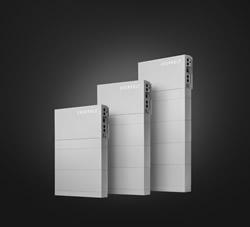The Koch Brothers' Dirty War on Solar Power
MIT Tool Gives the Cost of Installing Solar Panels on Any Roof in Your City
This year will be a solar-powered Super Bowl
France to pave 1000km of roads with solar panels
California narrowly upholds critical solar policy
1.2-million sq. ft. solar panel 'Gigafactory' in Buffalo almost ready, will make 1 GW/year
The Two Things To Note In The DOE's Solar + Storage Initiative
A solar-powered soccer pitch in Lagos also uses players' footfall to keep the lights on
Juno spacecraft breaks solar power distance record
These Creative Wind Turbines Will Have You Rethinking What You Know About Wind Power
Solar Surges Past Wind, Hydropower as State's No. 1 Renewable Energy Source
Is this sunny state trying to kill solar power?
Wind, solar power soaring in spite of bargain prices for fossil fuels
Sand could be the key to unlocking more efficient solar power, Masdar scientists find
China to cut on-grid tariffs for solar, wind power: State planning commission
Records 631 to 645 of 1584
First | Previous | Next | Last
Solar Power - Featured Product

